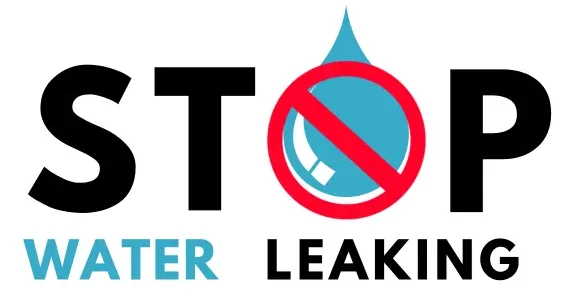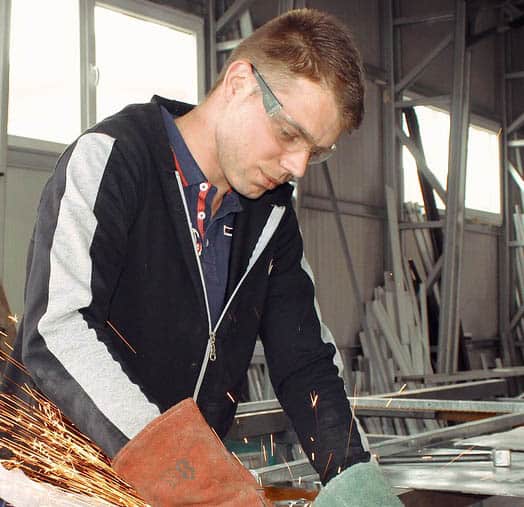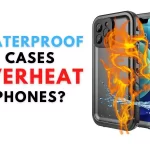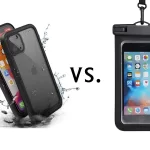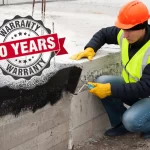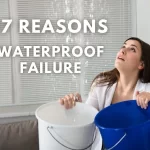Wireless chargers are very popular in the past few years. The wireless charging system is used by many mobile manufacturers in order to provide the best user experience to the user. So it has developed step by step, and now it has become a popular device. Wireless chargers are used in offices, cars, cafes and many places. When it is used in a car, cafe or anywhere it can contact with the water. So the waterproofness of the wireless charger is an essential feature. So let’s see, are wireless chargers waterproof?
Generally, wireless chargers are not completely waterproof. It is a water-resistant device. When water falls on the surface, it can be used after wiping that If water is not leaked inside. But it cant be used by immersing in the water.
There are things we should consider when we use a wireless charger. So let’s see all in detail about the waterproofness of the wireless chargers.
How Does a Wireless Charger Work?
A wireless charger mechanism is based on an electromagnetic process. General physics will explain this simply. When AC current flow through a conduction coil, a magnetic field can occur. And the reverse of this process is when the magnetic field is changed through the coinduction coils a current can produce.
This is the way of electricity generation process in the wireless charger and device.


- We need two coils for this. One coil is in the device (secondary coil) and another one is in the charger (primary coil). The charger can be plugged into the wall socket and it will provide Alternating Current with changing its frequency. Normally it is 50Hz. Due to this, magnetic flux is produced in the primary coil and it also changes every 0.02 seconds.
- Secondary coil subjected to this magnetic field changes. When the secondary coil feel that there is a varied magnetic field, it tends to produce the current in the secondary coil according to the turns of rounds of the coils and frequency.
- There are factors for this process such as frequency, distance to the secondary coil, number of rounds in both coils, voltage of primary coil etc.
- As a result of this heat can be generated. Frankly, if the frequency is high it will generate more heat on both coils. So this process should be done under control.
- There should be no material between the coils. But there should be a considerable distance. When the distance is high its current generation is low.
So we must not worry about the material between coils, and we should think about the distance between two coils.
Read More About – Best 07 Tips to Waterproof a Phone – (Shallow and Deep)
How Does Water Affect to the Wireless Charging?
As we discussed above, we could understand that inner material is not an important factor in the charging process. But distance is the problem. As a result of this, we are not able to use a wireless charger like a WIFY network. You should keep the device on the charger for maximum charging efficiency.
Imagine if your device or charger surface is getting wet with water, what will happen?
You can have an idea; there is no problem. Because the material is not a factor in the charging process. But the charger is not completely waterproof. Because charger needs to plug into the power source and mostly it is wall socket or any powerful battery. Hence it is not necessary to waterproof the charger.
But the charger surface should be waterproof. If water leaks into the inside coil, it will short easily. So most of wireless charger surfaces such as in your car, cafe, or office should be waterproof. If the water is on the surface, you can keep the device and start charging.
But make sure the device surface should be waterproof.
If the remaining water leak into the device it will also be short.
So it is better to keep both surfaces dry before you start the wireless charging.
Wireless Chargers and Waterproof Ratings
Most devices such as iPod, iPhone, Samsung, Huawei, One Plus and many mobile manufacturers use the wireless charging system.
So wireless chargers are also used mostly. Wireless charges should have Qi certification. But most are not have waterproof ratings due to not being used in water. Most of the chargers are with an IPX6 rating. Wich has a high water resistance rating. But it will not express the waterproofing capability.
You must know in depth about Mobile IP Ratings before you buy a waterproof mobile phone.
When coffee, water, salty water, chlorine water, tea, milk can be dropped on the wireless charger top surface as it does not leak inside in any way will not affect the wireless charger or its efficiency.
If a small amount is leaked inside, it will be a huge problem.
So don’t worry if these liquids drop in the car wireless port. Wipe it and use it again.
Can a Wet Phone Charge With Wireless Charger?
Due to some cases a phone gets wet for some reason. if your phone is neither waterproof nor water-resistant, I recommend switching off and keeping it dry. You can keep it under the rice for that also.
But if you think to charge it, make sure there is no water inside. So phone or device should be waterproof. If you keep the wet phone to charge using a wireless charger, it will definitely damage.
So it is wise to charge a wet phone after well drying it if the phone has no higher IP ratings such as IP67, IP68 and IP69 etc.
Can I Charge Dead Battery Using Wireless Charger?
Normally dead batteries will not power up by using the wireless charger. Because it generates lower power and probably it will not start the cell reactions again. For that, you will need a wired charger for the best result. If there is no problem in the battery wireless charger will work.
Read More About
